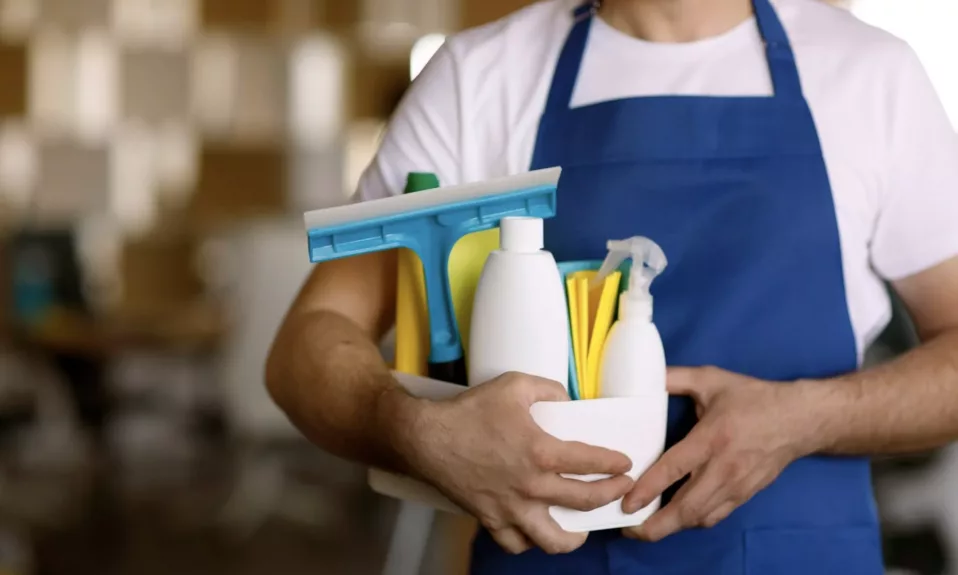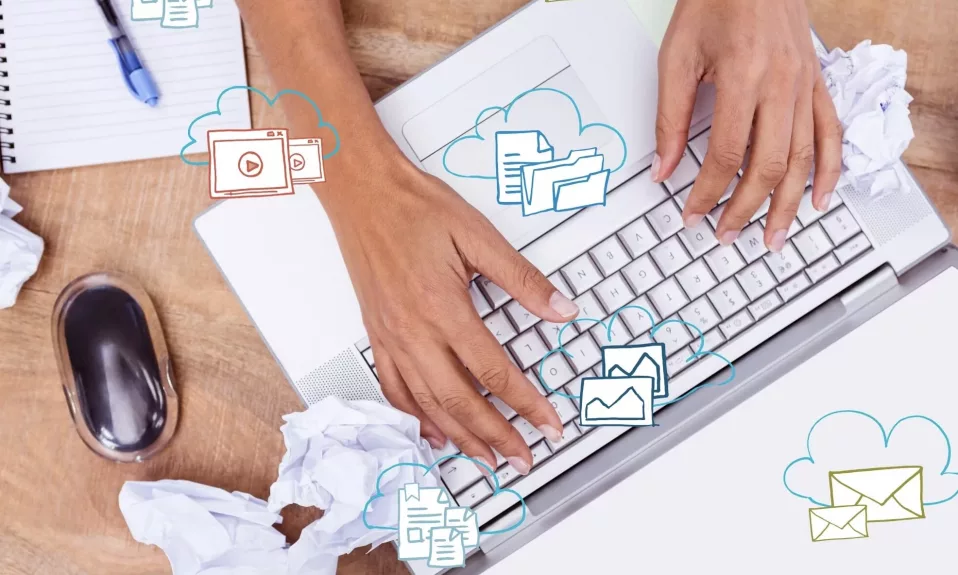Many business owners overlook email list cleaning, especially during slow periods like lockdown. However, maintaining a clean mailing list is crucial to drive high engagement rates and better campaign performance , leading to cost savings and improved email marketing results. In this article, we’ll explore the benefits of email list cleaning and provide a step-by-step guide to help you effectively purge invalid and inactive subscribers.
Why You Need to Clean Your Email List Regularly
- Engagement boost: By sending emails only to those who want to hear from you, your open and click rates naturally increase. Focusing on an engaged audience allows you to allocate your efforts more efficiently.
- Better deliverability: Removing hard bounce contacts reduces bounce rates while ensuring relevant content for subscribers lowers spam complaints, leading to improved sender reputation and deliverability.
- Cost savings: Many email marketing providers charge based on the number of subscribers in your list—by removing inactive ones, you avoid paying unnecessarily.
Signs That Indicate It’s Time for Email List Cleaning
- Declining engagement rates: Lower open and click rates can signify that your audience is losing interest or that many subscribers aren’t even seeing your emails.
- Increasing bounce and unsubscribe rates: High bounce rates could indicate that many email addresses on your list are no longer valid, and increasing unsubscribe rates suggest your content isn’t resonating with your subscribers.
- Negative marks on sender history: Bounced or unwanted emails can tarnish your sender reputation and harm future email delivery.
5 Steps to Clean Your Mailing List Effectively
1. Remove Duplicate and Invalid Email Addresses
Start by eliminating duplicate contacts or those with syntax errors, such as missing domain names or incorrect symbols. Some email marketing platforms may do this automatically, while others require manual checks.
2. Verify Email Addresses Using Tools
Utilize tools like NeverBounce, ZeroBounce, or MailboxValidator to verify whether the remaining email addresses are still active or valid. These services check if an email address exists and whether the related mailbox can receive emails.
3. Segregate Your Audience Based on Engagement Levels
Segment your subscribers into groups based on their engagement levels. Active subscribers should be prioritized, while less-engaged subscribers may need re-engagement campaigns or special content offers.
4. Re-engage Inactive Subscribers
Since inactive subscribers could have changed their preferences or interests, use targeted messages or surveys to learn more about their needs and wants before deciding whether to keep them on your list.
5. Regularly Monitor and Maintain Your Mailing List
Ensure that your mailing list remains clean by conducting regular maintenance and monitoring activities. Set a schedule for cleaning (e.g., semi-annually) and stick to it.
Maintaining a Clean Email List Equals Better Results
To sum up, a clean email list not only increases subscriber satisfaction and ensures recipients receive relevant content but also improves deliverability rates, leading to better overall email marketing performance. By following the five steps outlined above, you’ll be on the right track to maintaining a healthy and efficient mailing list, ready to make the most out of your email marketing efforts during lockdown and beyond.</p









